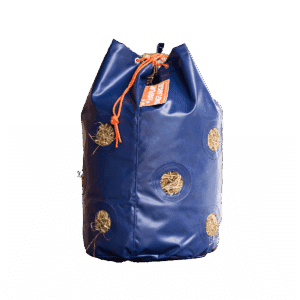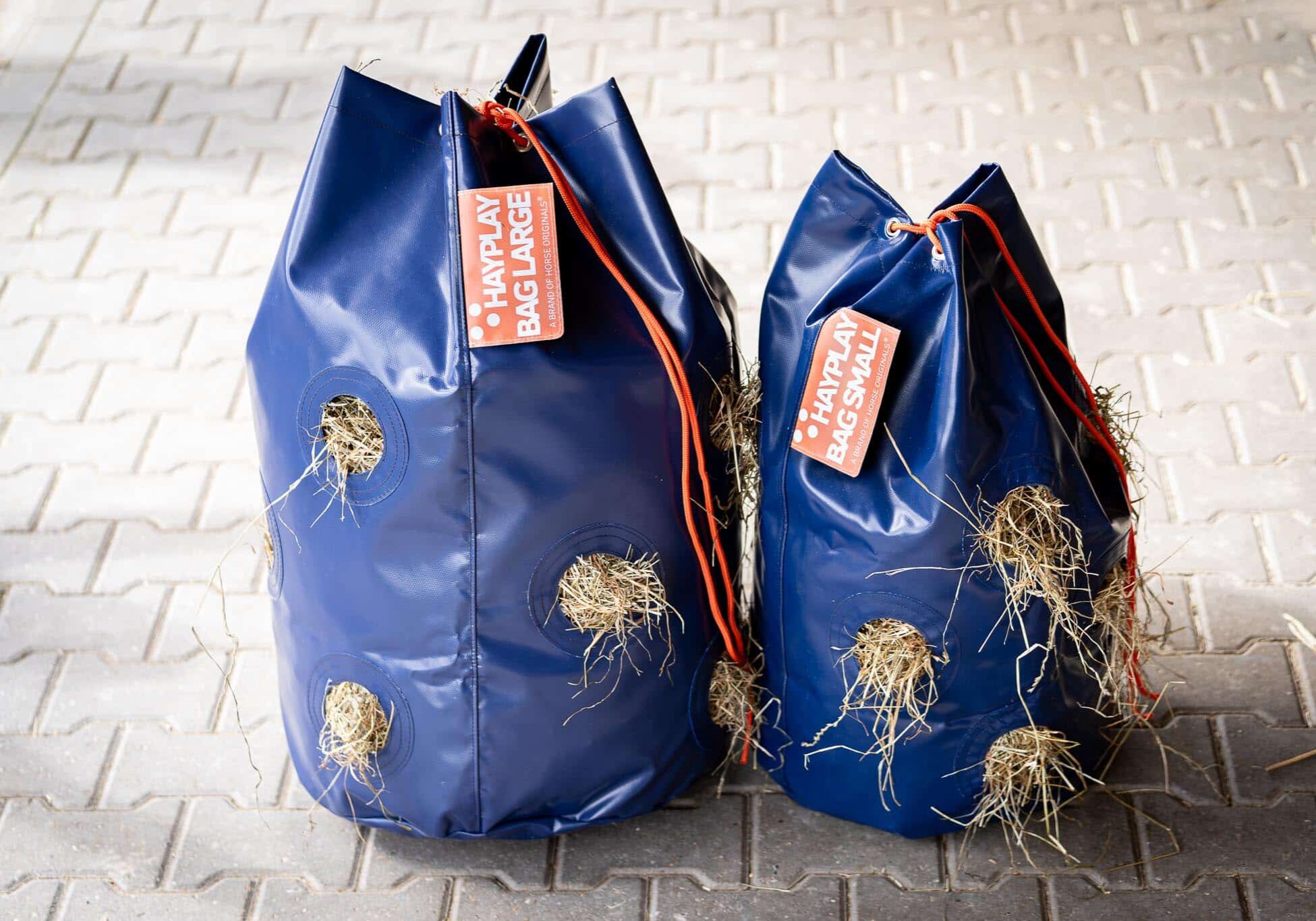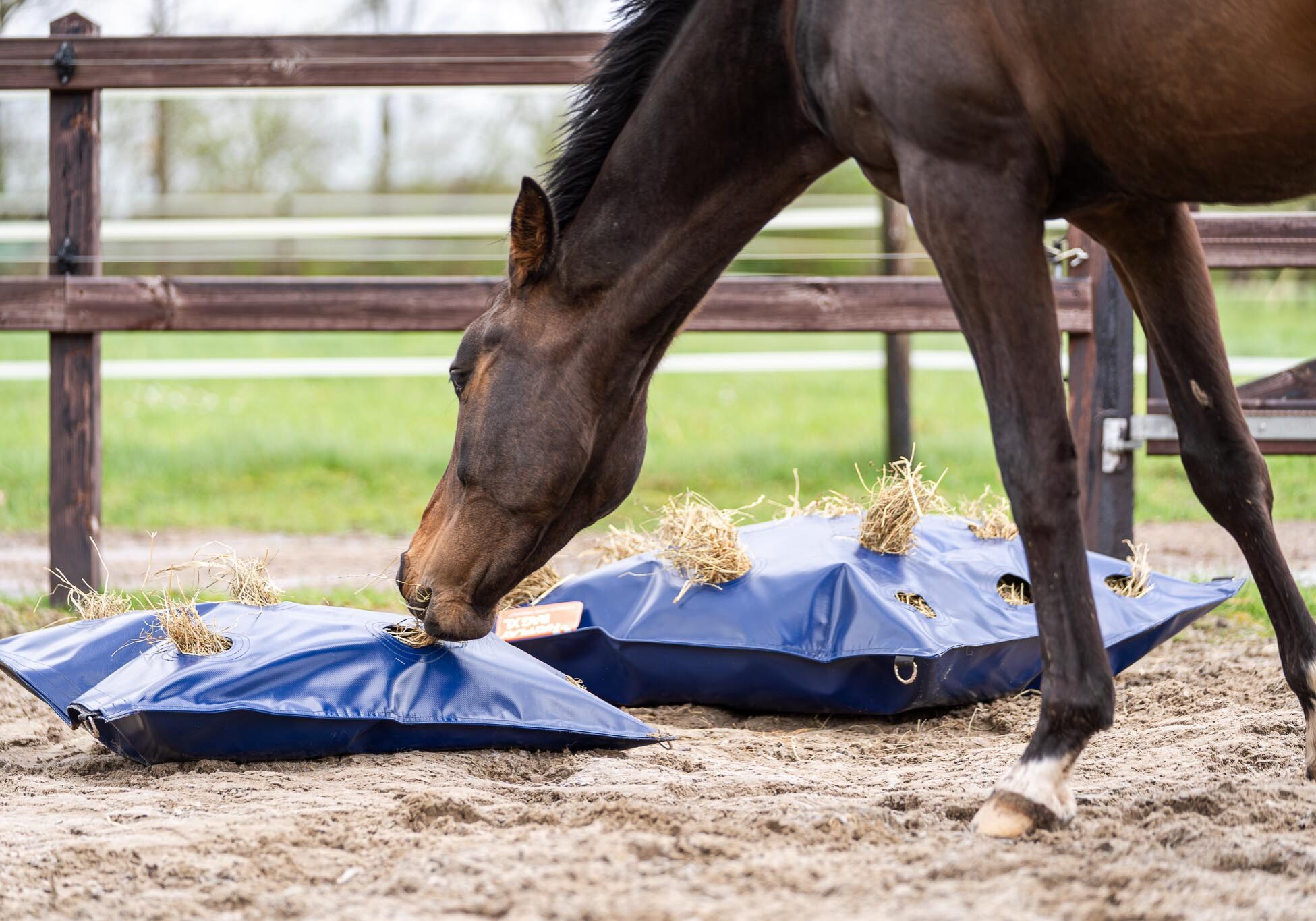-
×
 HayPlay Shopperbag
HayPlay ShopperbagLet op: dit is een pre-order product
1 × kr 92,50 -
×
 HayPlay Bag - LARGE
1 × kr 98,75
HayPlay Bag - LARGE
1 × kr 98,75
Delsumma: kr 191,25
Varför grovfoderanalys är avgörande för varje hästägare?
När det gäller våra hästars foderstat ligger fokus ofta på kraftfoder, spannmål och tillskott.
Men visste du att grovfoder – hö eller hösilage – i normala fall utgör 70 till 100 % av hästens dagliga foderintag? Det innebär att kvaliteten på ditt grovfoder spelar en mycket större roll för hästens hälsa än de flesta tror. För att verkligen förstå vad din häst får i sig är en grovfoderanalys helt avgörande.
Vad är en grovfoderanalys?
En grovfoderanalys är ett laboratorietest som visar exakt vad ditt hö eller hösilage innehåller.
Det ger värdefulla insikter om bland annat:
Denna information är nödvändig för att skapa en balanserad foderstat. Ditt hö kan lukta gott och se fint ut – men det säger ingenting om det verkliga näringsinnehållet.
Varför är analysen så viktig?
Att utfodra utan analys är att gissa – och gissningar kan leda till problem:
Analysen är särskilt viktig för hästar med EMS, PSSM, PPID eller insulinresistens, samt för hästar i träning, växande unghästar och dräktiga ston.
Vem bör göra en grovfoderanalys?
Alla hästägare kan dra nytta av det.
Oavsett om din häst är pensionerad, rids för nöjes skull eller tävlar, är förståelsen för grovfodrets kvalitet grunden till smart utfodring. Med analysresultaten kan du:
Hur går det till?
Du tar ett prov av ditt hö och skickar det till ett ackrediterat laboratorium. Många foderrådgivare och veterinärer erbjuder provtagningskit och instruktioner.
Resultaten kommer vanligtvis inom några dagar och innehåller en tydlig sammanställning av de viktigaste näringsvärdena. Om du är osäker på hur du ska tolka analysen är det klokt att ta hjälp av en foderrådgivare. Tillsammans kan ni skapa en foderstat som verkligen stödjer din hästs hälsa – och slipper gissa.

Mark Derwig
Founder of Horse Originals, driven by one mission: improving equine welfare through smart, functional solutions. Created the HayPlay Bag out of love for horses and hands-on experience.
Shop our slowfeeders
Choose peace of mind, health and convenience.
Find out how the HayPlay Bag makes your stall smarter.


Forage Intake Optimization
Our slow feeders are designed to optimize the intake of all types of forage from low- to high-energy.
Bli en Horse Original